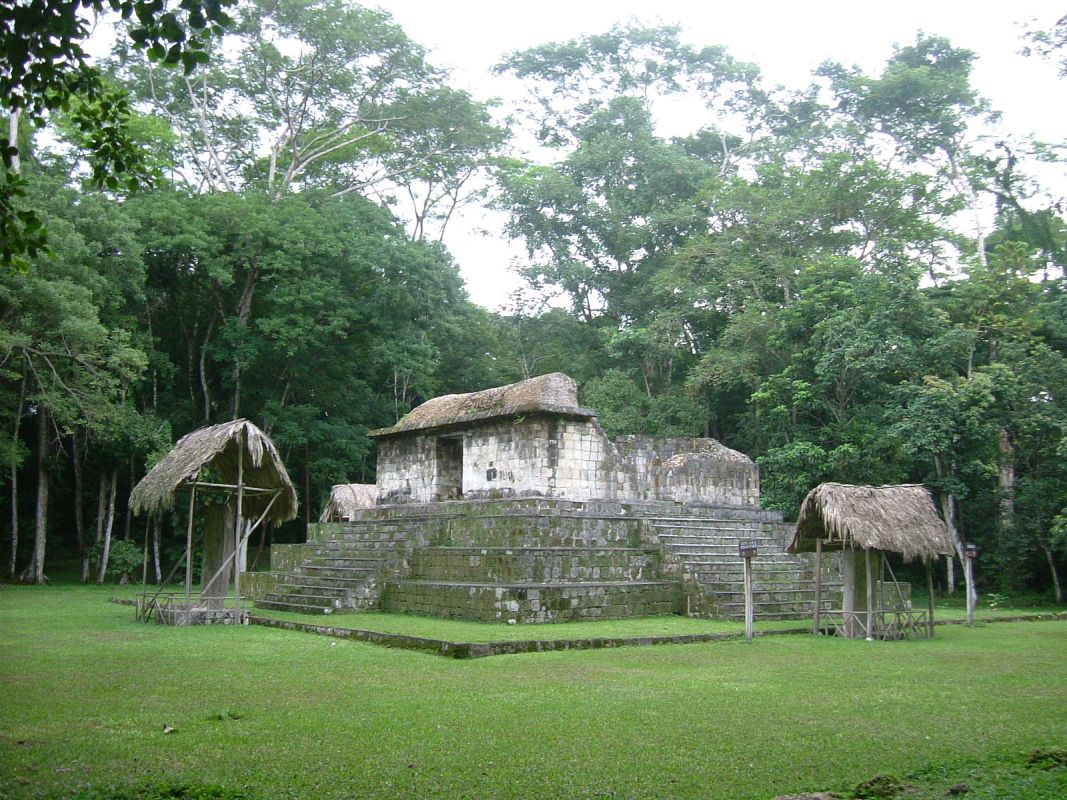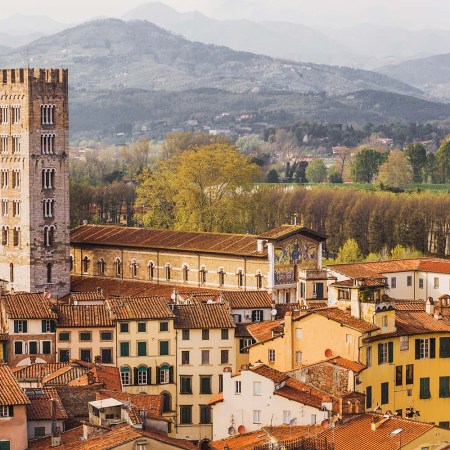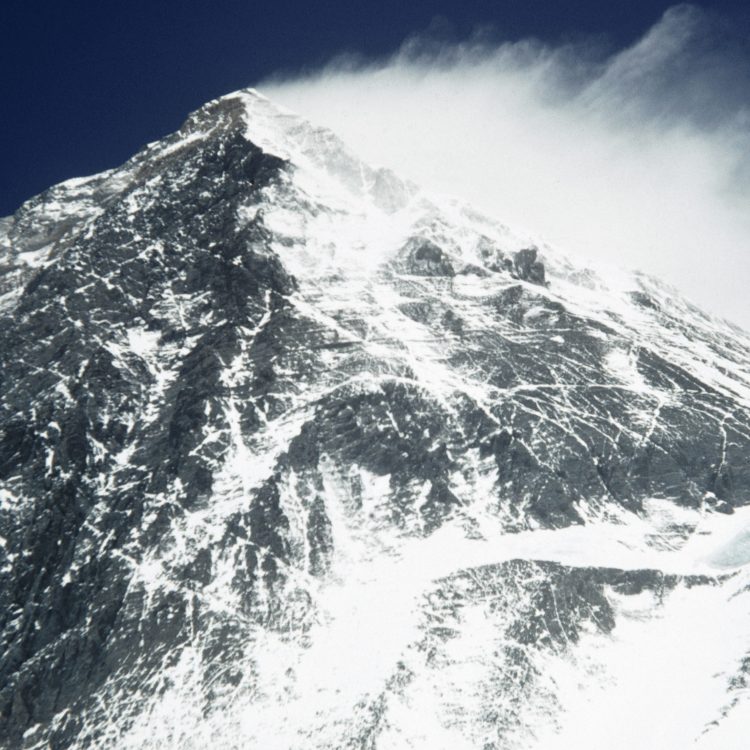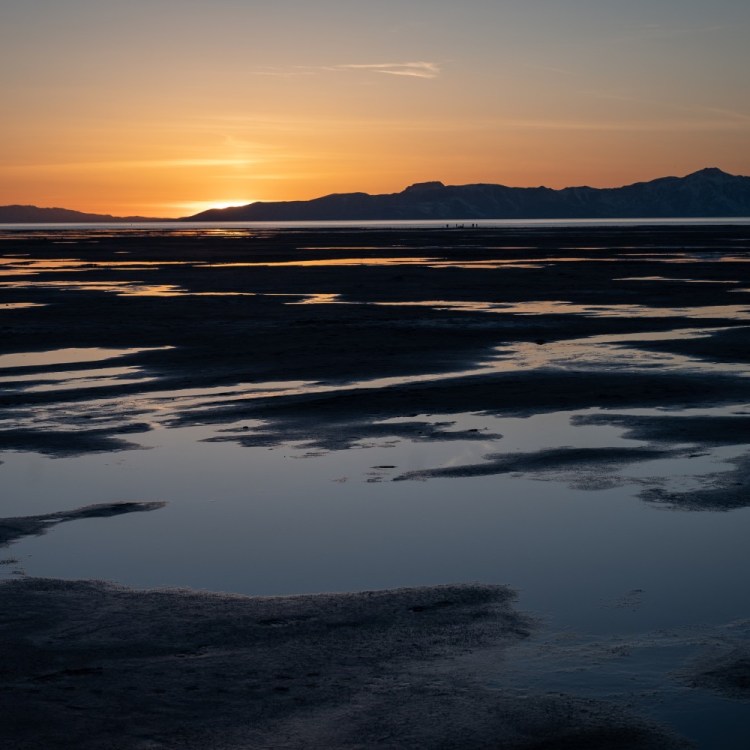Ceremonial structures discovered in Guatemala are actually centuries older than archaeologists expected, which points to new theories for the rise of Maya culture.
“The origin of Maya civilization was more complex than previously thought,” the University of Arizona’s Takeshi Inomata, lead researcher for a new study, told reporters, according to NBC News. He went on to say that even though all this happened 3,000 years ago, the findings could provide fresh insights about social change in general.
Though the Maya’s heyday in Mexico and Central America was between the year 250 and 900, the roots of their culture go much farther back, and there is much debate about how their distinctive culture came to be. Inomata said that the excavations at Ceibal, in Guatemala’s Maya lowlands, suggest that Ceibal’s Maya started building ceremonial plazas and platforms around 1,000 B.C. and had turned those structures into a central pyramid and plaza by 800 B.C. This would mean they were developing the architectural and religious hallmarks of Maya society before those hallmarks appeared in Olmec society, at La Venta, hundreds of miles away on Mexico’s Gulf Coast. Those structures have been dated to about 800 B.C.
Thanks for reading InsideHook. Sign up for our daily newsletter and be in the know.


















